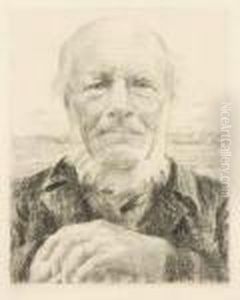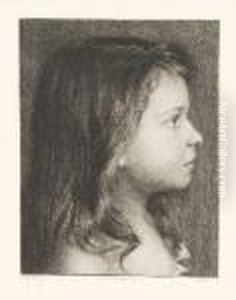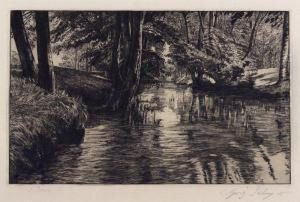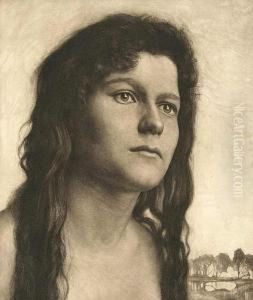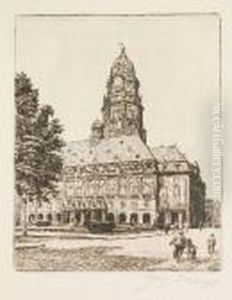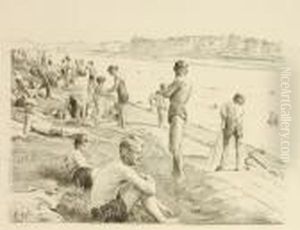Georg Jahn Paintings
Georg Jahn was a German painter and illustrator known for his genre scenes, landscapes, and portraits. Born on March 18, 1869, in Leipzig, Germany, Jahn studied at the Royal Academy of Fine Arts in Munich under the tutelage of prominent artists like Gabriel von Hackl and Ludwig von Löfftz. His education in Munich significantly influenced his artistic style, characterized by a blend of academic painting traditions and a naturalistic approach to depicting his subjects.
During his career, Jahn enjoyed considerable success and recognition within the German art community. He became a member of several art associations and exhibited his work at various important exhibitions, including those held by the Munich Secession, an influential group of artists who sought to break away from the traditional academic art scene. Jahn's work was appreciated for its detail, vibrant color palette, and its portrayal of everyday life with a sense of immediacy and realism.
In addition to his work as a painter, Georg Jahn was also an accomplished illustrator, contributing to various German publications of the time. His illustrations often featured similar themes to his paintings, focusing on scenes of daily life and capturing the cultural atmosphere of the era.
Jahn's artistic output was prolific, and his paintings and illustrations have been collected by several museums and private collectors around the world. Despite the changes in artistic trends over the years, his dedication to capturing the essence of his subjects in a realistic manner has kept his work relevant to aficionados of German genre painting.
Georg Jahn lived through a tumultuous period in German history, witnessing the rise of the Nazi regime and the onset of World War II. He passed away on July 19, 1940, in Munich, leaving behind a legacy as one of the notable German painters of his time. Although not as widely known as some of his contemporaries, Jahn's contribution to the genre of painting and illustration remains significant in the annals of German art history.


